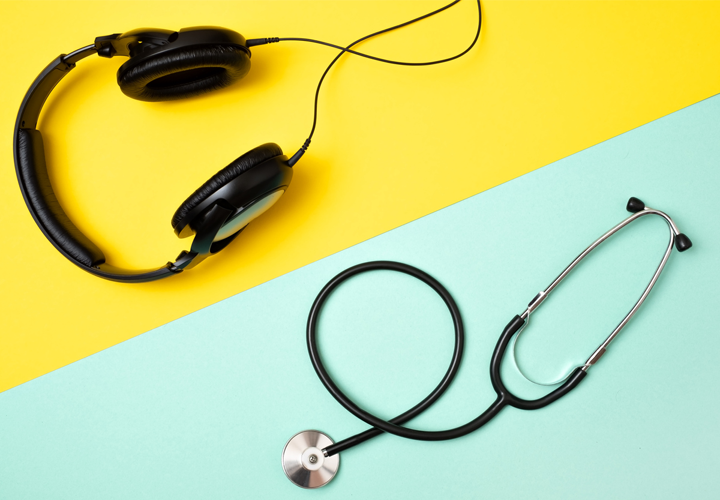
Coronavirus – What Would a Cure Sound Like?
Researchers know that one of the quickest ways to determine a cure for the covid-19 virus is to study the spike proteins that allow it to attach and infect human cells which scientists can now study by listening to music created by the spike protein.
Scientists from the Massachusetts Institute of Technology have used a method called sonification to develop a nearly two-hour track of wind chimes, strings, and flutes that represent the various amino acid patterns in the COVID-19 protein. Effectively, they made turned the data from the coronavirus into a song. The song is actually quite soothing thanks to composer Markus J. Buehler, a McAfee professor of Engineering at MIT. Buehler posted his musical representation of the amino sequence of the coronavirus on his SoundCloud account and wrote of the lucquatious sounds and their contradictions with the virus’ deadly nature.
“The music is a metaphor for this nature of the virus to deceive the host and exploit it for its own multiplication,” Buehler wrote.
There are advantages of having an audio model of the spike protein for developing a cure. Mark Ballora, an expert on music technology at Pennsylvania State University in State College, has created sounds from data on neutron stars, solar winds, and Earth’s electromagnetic resonances and believes sonification can provide unique insights. In a 2017 interview with Sciencemag.org, Ballora cited a South African Astrophysicist who lost her sight but was able to identify electromagnetic waves in high energy stellar explosions that were not identifiable in visual models, only through audio.
Recently the World Health Organization (WHO) Director-General Dr. Tedros Adhanom Ghebreyesus has confirmed that at least 70 countries and 20 separate institutions are working to develop a vaccine. Dr. Tedros reports that things have accelerated so quickly for research and clinical trials that the WHO will begin on devising a plan for mass distribution of a cure for the world once the cure is found.
“We will put together a mechanism and we will appoint senior people from the north and south that will work out the details of how they can accelerate production . . .” Dr. Tedros said. “When a vaccine or a medicine is ready, we have to be able to deliver it to all over the world. There should not be a divide between the haves and the have-nots.”
Recently U.S. President Donald Trump has said in several press conferences that he believes chloroquine and hydroxychloroquine are two drugs that could potentially have a big impact in the war against COVID-19 which has already infected over a million people world wide. The FDA rapidly approved a large clinical study of hydroxychloroquine in the state of New York to determine if it is indeed an adequate treatment. The extreme urgency for a vaccine and the high number of infected patients has provided a means and adequate sample size for fast-track clinical trials. Previously there was a small study in France on the drug that hinted towards its possible effectiveness though only time will tell.
The hope from researchers like Buehler and Ballora is that sonification of data can be used to identify patterns quicker and help find discoveries through listening that may go undetected through visual models. At this point any avenue of hope is one worth wondering down to find a cure. While we may be facing an unseen enemy we live in a time where technology provides us more methods and tools for combat than we have ever had combatting a virus.


